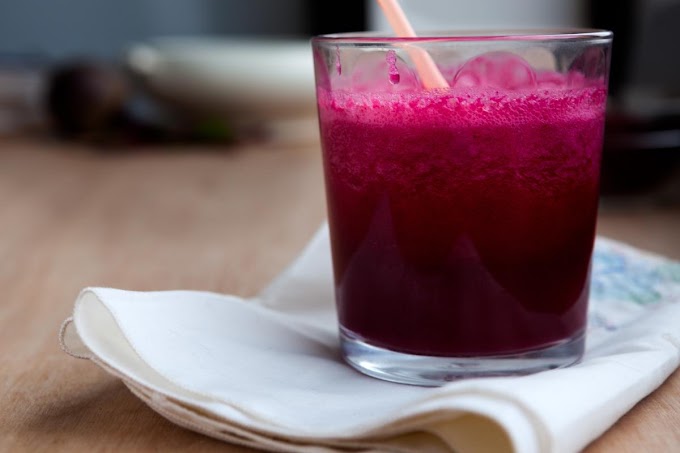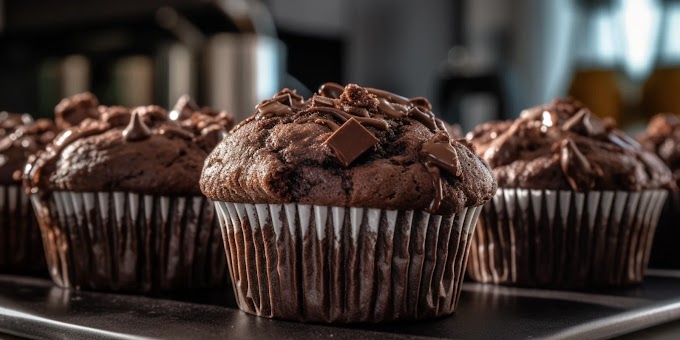Indian pickles, or "achaar," are a cherished part of the Indian culinary tradition. They are known for their tangy, spicy, and complex flavors that can transform a simple meal into a delightful experience. While vinegar is often used in many modern pickle recipes as a preservative and souring agent, traditional Indian pickles have long been made without it. Instead, they rely on natural ingredients and time-honored methods to achieve the desired tanginess and preservation. In this blog, we will explore some traditional methods and recipes for making Indian pickles at home without using vinegar.
1. The Role of Salt in Pickling
Salt is a fundamental ingredient in the pickling process, and it plays a crucial role in preserving the vegetables and fruits used in Indian pickles. When salt is added to the ingredients, it draws out moisture, creating an environment where harmful bacteria cannot thrive. This process, known as osmosis, helps in preserving the pickles for a long time without the need for vinegar. Additionally, salt enhances the flavors of the spices and ingredients used, giving the pickles their characteristic taste.
To make a basic Indian pickle, you can start with the following ingredients:
Vegetables or fruits: Mangoes, lemons, green chilies, and gooseberries are popular choices.
Salt: As a preservative and flavor enhancer.
Spices: Mustard seeds, fenugreek seeds, turmeric, red chili powder, and asafoetida.
Oil: Mustard oil is commonly used for its strong flavor and preservative qualities.
2. Sun-Drying Method
One traditional method of making Indian pickles without vinegar is by sun-drying the ingredients. This method is particularly popular for making mango pickle, also known as "aam ka achaar." The process involves drying the mango slices in the sun for several days, which helps in reducing the moisture content and intensifying the flavors.
Ingredients:
Raw mangoes (2-3 medium-sized)
Salt (1/4 cup)
Turmeric powder (1 tablespoon)
Red chili powder (2 tablespoons)
Fenugreek seeds (1 tablespoon)
Mustard seeds (2 tablespoons)
Asafoetida (a pinch)
Mustard oil (1/2 cup)
Instructions:
Prepare the Mangoes: Wash and dry the mangoes thoroughly. Cut them into small pieces and remove the seeds.
Marinate the Mangoes: In a large bowl, mix the mango pieces with salt and turmeric powder. Spread the mango pieces on a clean cloth or tray and place them in direct sunlight for 2-3 days until they become slightly shriveled and dry.
Roast and Grind the Spices: Dry roast the mustard seeds and fenugreek seeds separately until they release their aroma. Let them cool and then grind them into a coarse powder.
Mix the Ingredients: In a large bowl, combine the sun-dried mango pieces, ground spices, red chili powder, and asafoetida. Heat the mustard oil until it reaches its smoking point, then let it cool slightly before pouring it over the mango mixture. Mix everything well.
Store the Pickle: Transfer the pickle to a clean, dry jar. Ensure that the mango pieces are fully submerged in the oil. Seal the jar tightly and place it in a cool, dark place for at least a week to allow the flavors to mature.
3. Fermentation Method
Another traditional method of making Indian pickles without vinegar is through fermentation. This method is commonly used for making lemon pickle, known as "nimbu ka achaar." The natural acidity of the lemons, combined with the fermentation process, creates a tangy and flavorful pickle.
Ingredients:
Lemons (10-12 medium-sized)
Salt (1/4 cup)
Turmeric powder (1 tablespoon)
Red chili powder (2 tablespoons)
Fenugreek seeds (1 tablespoon)
Mustard seeds (2 tablespoons)
Asafoetida (a pinch)
Mustard oil (1/2 cup)
Instructions:
Prepare the Lemons: Wash and dry the lemons thoroughly. Cut them into quarters or eighths, depending on your preference.
Marinate the Lemons: In a large bowl, mix the lemon pieces with salt and turmeric powder. Transfer the mixture to a clean, dry jar. Seal the jar tightly and leave it in a sunny spot for 2-3 weeks. Shake the jar every day to mix the contents and help the lemons release their juices.
Roast and Grind the Spices: Dry roast the mustard seeds and fenugreek seeds separately until they release their aroma. Let them cool and then grind them into a coarse powder.
Mix the Ingredients: After 2-3 weeks, open the jar and add the ground spices, red chili powder, and asafoetida to the fermented lemon mixture. Heat the mustard oil until it reaches its smoking point, then let it cool slightly before pouring it over the lemon mixture. Mix everything well.
Store the Pickle: Seal the jar tightly and leave it in a cool, dark place for another week to allow the flavors to mature. The pickle will continue to ferment and develop its tangy flavor over time.
4. Using Tamarind as a Sour Agent
Tamarind, known for its sour and tangy taste, is another excellent ingredient for making Indian pickles without vinegar. Tamarind-based pickles are popular in South India, where they are used topreserve vegetables like eggplants and green chilies.
Ingredients:
Tamarind pulp (1/2 cup)
Green chilies (200 grams)
Salt (2 tablespoons)
Turmeric powder (1 teaspoon)
Red chili powder (1 tablespoon)
Fenugreek seeds (1 teaspoon)
Mustard seeds (1 tablespoon)
Asafoetida (a pinch)
Sesame oil (1/4 cup)
Instructions:
Prepare the Tamarind Pulp: Soak the tamarind in warm water for 30 minutes. Extract the pulp by pressing the tamarind through a sieve.
Prepare the Green Chilies: Wash and dry the green chilies. Slit them lengthwise without cutting them into two.
Roast and Grind the Spices: Dry roast the mustard seeds and fenugreek seeds separately until they release their aroma. Let them cool and then grind them into a coarse powder.
Cook the Tamarind Mixture: In a pan, heat sesame oil and add asafoetida, turmeric powder, and the tamarind pulp. Cook for 5-7 minutes until the tamarind pulp thickens and loses its raw smell.
Mix the Ingredients: Add the green chilies, ground spices, and salt to the tamarind mixture. Cook for another 10 minutes until the chilies are well coated with the tamarind and spice mixture.
Store the Pickle: Transfer the pickle to a clean, dry jar. Ensure that the chilies are fully submerged in the tamarind mixture. Seal the jar tightly and leave it in a cool, dark place for a week to allow the flavors to mature.
5. Storing and Serving Indian Pickles
Once your pickle is ready, it's essential to store it properly to ensure its longevity. Always use a clean, dry spoon when handling the pickle to prevent contamination. Store the pickle in a cool, dry place away from direct sunlight. Over time, the flavors will continue to develop, making the pickle even more delicious.
Indian pickles are incredibly versatile and can be served with a variety of dishes. They pair wonderfully with rice, parathas, and even simple dal. The tangy and spicy flavors of the pickle can elevate any meal, adding a burst of flavor to every bite.
Conclusion
Making Indian pickles at home without using vinegar is a rewarding experience that connects you to traditional methods of food preservation. Whether you choose to sun-dry, ferment, or use tamarind as a souring agent, each method offers a unique way to create flavorful and long-lasting pickles. With a little patience and the right ingredients, you can enjoy the rich, tangy taste of homemade Indian pickles that are free from artificial preservatives and additives.








Social Plugin